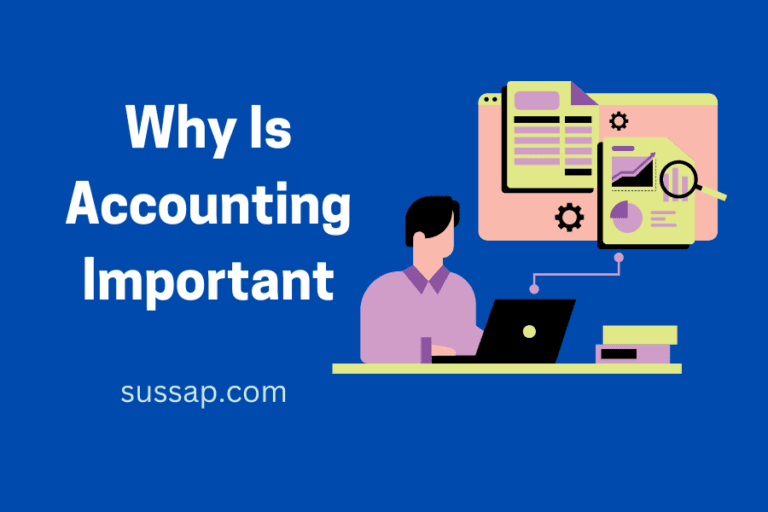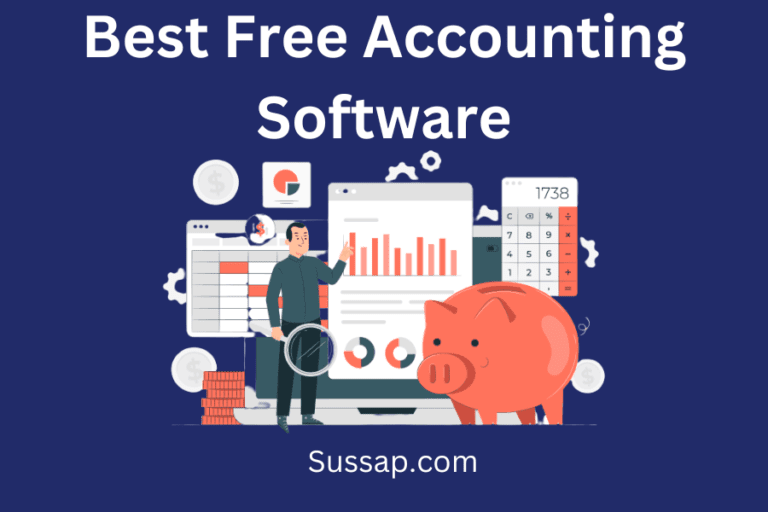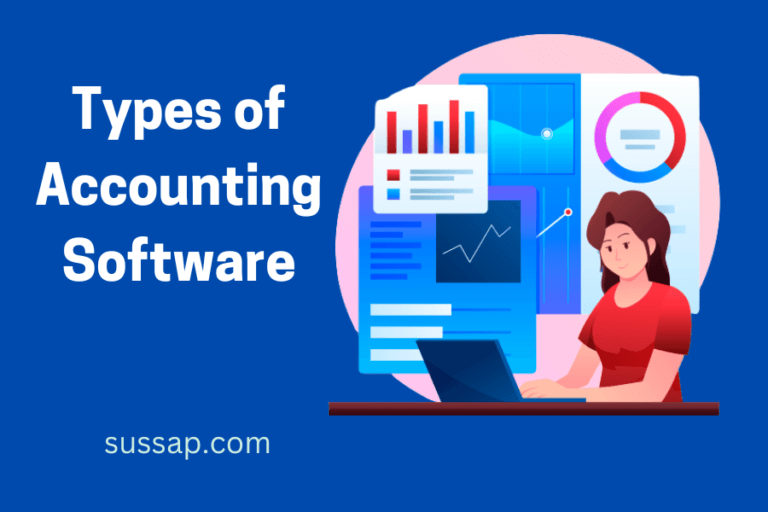Managing finances effectively is crucial for the success and growth of small businesses. On the other hand, creating and keeping to a budget can be a difficult process, particularly for beginning entrepreneurs.
This article presents 9 proven budgeting tips for small businesses in 2023 that will help manage finances more efficiently.
Small business owners can better understand their financial health, make educated decisions, and achieve their financial goals by applying these strategies. So, let’s explore these budgeting tips and take your small business to the next level!
Have a Plan Before You Start Spending

The first point emphasizes the importance of creating a clear plan for your small business before spending any money. This means developing a budget plan that outlines your financial goals, objectives, and expectations.
To create a budget plan, analyze your business’s revenue streams and anticipated expenses. Review historical financial statements and forecast future sales and expenses.
Your budget should accommodate all prospective revenue sources, such as product sales, service fees, and other income streams. Additionally, your budget should break down your expected expenses, such as rent, payroll, taxes, marketing costs, and operational expenses.
After creating a budget plan, prioritize your spending based on each item’s importance and adjust it according to available cash flow. It is essential to include a contingency fund for any unforeseen expenses that may arise.
Regularly reviewing your budget plan is necessary to ensure that you are on track and make necessary adjustments. Compare actual financial results to your budget and adjust your plan accordingly.
In conclusion, having a budget plan is crucial in creating a financially stable and sustainable small business. It provides a clear understanding of your financial position and guides your spending decisions.
Use a Business Budget Template
A business budget template is a pre-designed spreadsheet that helps you organize your financial data and create a comprehensive budget plan.
Using a business budget template provides several benefits, including
Saves Time: Creating a budget plan from scratch can be a time-consuming process. Using a template can reduce the time spent on formatting, and you can focus on the content.
Standardized Format: A template ensures that your budget plan has a standardized format that is easy to read and understand. This consistency makes it easier for stakeholders to review and compare different budgets.
Comprehensive Budget Plan: A business budget template provides pre-designed sections for financial data such as revenue, expenses, cash flow, and profit/loss. This comprehensive approach ensures you don’t miss any crucial financial details.
Built-in Formulas: Most business budget templates include built-in formulas that automatically calculate totals and subtotals for each section, making it easier to manage and analyze your finances.
Creating a business budget template can be a simple process. These are some procedures to follow:
Choose a Spreadsheet Program: The first step is to choose a spreadsheet program, such as Microsoft Excel or Google Sheets.
Select a Template: Most spreadsheet programs have pre-designed budget templates. Choose a template that best suits your business needs.
Customize the Template: Once you’ve selected a template, customize it to your business’s financial data. Add your revenue streams, expenses, cash flow projections, and other financial details.
Test the Template: Before finalizing the template, test it by entering sample data to ensure the formulas and calculations work correctly.
Save the Template: After customizing the template, save it as a reusable document. You can modify it as needed in the future.
Here is a sample of a business budget template using a spreadsheet:
| Category | Budgeted Amount | Actual Amount | Variance (Actual – Budgeted) |
|---|---|---|---|
| Revenue | $50,000 | $47,500 | -$2,500 |
| Cost of Goods Sold | $25,000 | $26,500 | $1,500 |
| Gross Profit | $25,000 | $21,000 | -$4,000 |
| Operating Expenses | $15,000 | $13,500 | -$1,500 |
| Payroll Expenses | $8,000 | $7,500 | -$500 |
| Rent and Utilities | $2,500 | $2,500 | $0 |
| Marketing and Advertising | $5,000 | $4,500 | -$500 |
| Insurance | $1,000 | $1,000 | $0 |
| Office Supplies | $1,000 | $750 | -$250 |
| Miscellaneous Expenses | $1,000 | $1,250 | $250 |
| Total Expenses | $32,000 | $31,750 | -$250 |
| Net Income | $17,000 | $10,250 | -$6,750 |
Determine Which Costs Are Fixed and Which Are Variable
Small business owners should differentiate between fixed and variable expenses to manage their cash flow effectively.
Rent, salary, insurance premiums, property taxes, and utilities are examples of fixed expenses that don’t change regardless of how the firm is doing.
Cost of goods sold (COGS), marketing costs, travel expenses, and raw materials are examples of variable expenses that change according to business activities.
Accurately identifying fixed and variable expenses is important for preparing an accurate budget and prioritizing expenses.
By breaking down expenses into these categories, small businesses can anticipate expenses, plan for contingencies, and make informed decisions about their financial resources.
Track All of Your Income and Expenses


This measure is crucial for comprehending your cash flow, determining your business’s revenue, and identifying potential cost-saving or investment opportunities.
It is advised that you keep thorough records of all monetary transactions such as sales, costs, and any other financial activities that have an impact on your company’s financial health to efficiently track your business’s finances.
You can achieve this by manual tracking or utilizing automated accounting software. Outlined below are some best practices for tracking your business’s financial activities:
Categorize Expenses: Categorize expenses by identifying areas for potential cost-cutting or investment, such as rent, utilities, supplies, marketing, and wages.
Record Transactions: Keep a record of every financial transaction, including invoices, receipts, and bills, to identify discrepancies and ensure no expenses are missed.
Keep Personal and Business Finances Separate: Separate personal and business finances to ensure accurate record-keeping and avoid tax complications. Maintain a distinct bank account and credit card for business expenses.
Regular Account Reconciliation: Reconcile accounts regularly to ensure record accuracy, matching bank and credit card statements to identify errors or discrepancies early on.
Consider Accounting Software: Accounting software can automate the tracking process, saving time, reducing errors, and providing accurate financial reports. You can also use free accounting software to get started.
Plan for Milestone Events in Advance


Milestone events such as product launches, promotions, or seasonal fluctuations can significantly impact the financial health of a small business.
Therefore, anticipating such events can help the business owner allocate sufficient funds to the necessary areas and avoid unexpected financial surprises.
When forecasting milestone events, it is crucial to consider their timing and the potential effects on the business’s finances.
For instance, the owner could need to recruit more workers, buy more goods, or step up marketing efforts if the company suffers a spike in Christmas sales. These expenses should be incorporated into the budget plan to ensure adequate financial resources to cover them.
Moreover, forecasting milestone events can facilitate better business decision-making.
By comprehending when these events will occur and their impact on the business, the owner can prioritize spending and focus on areas that will provide the most significant return on investment.
Related: Accounting tips for small businesses.
Set up Automatic Payments and Reminders for Important Events
Setting up automatic payments and reminders can help small business owners manage their finances more effectively.
This helps to meet their financial obligations on time and avoid late payment costs or penalties that could hurt their bottom line.
By automating payments, small business owners can set up recurring payments for bills like rent, utilities, and insurance premiums.
This approach saves time and minimizes errors that could result from manual intervention. Many financial institutions and banks offer online payment options that enable automatic payments for such bills.
In addition to automatic payments, setting up reminders is also crucial for small business owners to stay informed about important financial deadlines.
For instance, reminders for tax filing deadlines, loan repayments, and contract renewals can be set up using calendar apps, financial software, or email alerts.
Taking advantage of automatic payments and reminders can significantly reduce the administrative burden associated with managing finances, thereby allowing small business owners to focus on their core activities.
This approach can improve the overall financial health of small businesses by demonstrating reliability and responsible financial management, building stronger relationships with lenders and vendors, and potentially providing benefits like lower rates and better payment terms.
Don’t be Afraid to Negotiate with Vendors
Small firms should discover ways to save expenses while maintaining the quality of their goods or services because they have few resources. Negotiating with vendors is a useful strategy to achieve this goal.
Small businesses can negotiate with vendors in several ways. For example, they can request discounts for bulk purchases, negotiate better payment terms, or request better prices for recurring orders. Additionally, exploring alternative vendors or suppliers who may offer better prices or more favorable terms can be a helpful strategy.
Negotiating with vendors can result in significant cost savings for small businesses. By securing better pricing or terms, businesses can reduce expenses, increase profit margins, and reinvest those savings in other areas of their business.
Also, it can assist companies in establishing closer bonds with their suppliers, which might result in better treatment in the future.
However, approaching vendor negotiations carefully and professionally is crucial. Small business owners should research their vendors and understand their pricing structures, competition, and market trends.
They should also be willing to make concessions and compromises during talks to ensure that both parties benefit from the deal.
Run a Profit/Loss Analysis on a Monthly Basis


Profit and loss analysis is crucial in determining whether a business is making a profit or a loss and in identifying areas that require attention.
A profit/loss analysis is a financial report that lists a company’s revenues, costs, and net income or loss for a given time period. It is also referred to as an income statement or statement of operations.
Regular review of this document enables small business owners to monitor their business’s performance, recognize trends, and make informed decisions regarding their financial strategy.
Typically, a profit/loss analysis outlines a business’s revenues by product or service line, while expenses are categorized into groups such as salaries and wages, rent, utilities, and advertising. The difference between the total revenue and expenses is the net income or loss for the period.
By reviewing this statement monthly, small business owners can identify areas where they are spending too much money, such as high-cost supplies or excessive salaries.
They can also assess which products or services generate the most revenue and adjust their business strategy accordingly.
A profit/loss analysis is also a useful tool for comparing a company’s financial performance to industry standards and rivals. It can help business owners determine whether they are performing above or below average in comparison to their peers.
Constantly Review Your Budget
It is essential to realize that a budget is a live document that requires ongoing revision and updating to stay on target and make wise financial decisions.
Frequent reviews of your budget are vital for several reasons. Firstly, changes in your business’s financial situation can occur rapidly, with expenses increasing, or revenue decreasing, affecting your bottom line.
Regularly reviewing your budget enables you to identify any potential problems before they escalate.
Secondly, reviewing your budget allows you to make necessary adjustments and allocate funds appropriately. You can quickly identify areas where you overspend and reduce expenses, redirecting the funds to more important areas of your business.
Thirdly, you can use regular budget reviews to identify trends and patterns in your business finances. Making informed financial decisions, such as finding the most lucrative goods or services and figuring out which marketing initiatives result in the greatest sales, benefit from this information.
It is advised to set aside time frequently to study your financial accounts, such as the income statement, balance sheet, and cash flow statement, in order to successfully review your budget.
This approach allows you to detect discrepancies and anomalies and identify areas where you can cut costs or increase revenue.
Conclusion
In conclusion, budgeting is an essential aspect of operating a successful small business.
This article has provided nine proven budgeting tips to aid small business owners in gaining better control over their finances, reducing unnecessary expenses, and maximizing profitability.
These tips include creating a comprehensive budget plan, utilizing a business budget template, tracking income and expenses, negotiating with vendors, and regularly reviewing budgets.
By implementing these practices, small business owners can make informed decisions about resource allocation and achieve their financial goals, even in challenging economic conditions.
Smart budgeting practices can help small businesses not only survive but also thrive in the competitive marketplace.
Also Read:


![7 Best Accounting Software For Small Business [In 2024]](https://sussap.com/wp-content/uploads/2023/02/Best-Accounting-Software-For-Schools-2-768x512.png)



